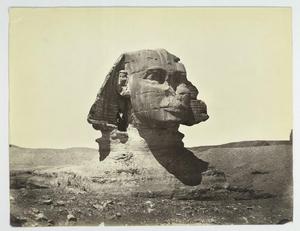Tape measure weight loss is not some new diet fad, diet food, or bizarre diet cult. It is simply a way to measure weight loss and fitness success without the use of the bathroom scale.
When people first go on a weight loss regimen or a fitness regime, they tend to look too much at their scale as the Sphinx with the answer to their weight loss riddle. Am I losing weight?’ “Do I weigh more now than I did this morning?” “How does my weight compare to yesterday?
The bathroom scale can become a preoccupation, and almost obsession with those on new found fitness or weight loss path. If you find yourself stepping on the scale more than once day, it may be time to trade in the scale for the measuring tape.
There are numerous problems with the bathroom scale. First, it will give a different weight than the scale at the doctor’s office and at the gym. A home scale can also give a different weight depending on where it is on the floor. Your body will weigh different amounts atdifferent times of day, and weighing in twice a day, after you eat, or immediately after exercise is not beneficial to your weight loss goals, mental health, or self-esteem.
The other problem with using a bathroom scale as the only measure of weight loss or fitness is that when the body is busy losing fat and building muscle, the scale does not show the whole healthy picture. Instead ofmeasuring weight loss or fitness progress with a bathroom scale, take an alternate and more accurate approach.
The Beginners Guide to Measurement Tape Weight Loss
Weight loss and fitness progress can be measured with a standard sewing tape measure. It is important to take consistent and accurate measurements with the tape loss. It is also important to record very specific measurements.
Once you have acquired a tape measure, the next step is to make a grid or chart to measure weekly changes. The grid or chart can be written out in a notebook, or on a poster board, if you really want a visual reminder. The tape measurement progress chart can also be created using a spreadsheet or word processing program.
Each column of the chart should be topped with a date. Space the dates one week apart, selecting any day of the week you like. Next down the right hand side row, fill in each box with a body part.
Start at the top or the bottom of the body, whichever you prefer.
From the top, you will want to make boxes to measure biceps, chest, waist (at its most narrow part), hips (at their widest), upper thighs, and calves.
Each week, eat healthily and be sure to get 30 minutes of exercise a day. Work out with weights two or three alternating days each week.
Also incorporate abdominal crunches. Measure your progress each week, by taking measurements and recording them on your chart.
Be specific, and include 1/4 inches and 1/2 inches. At the end of each four-week period, figure out how many inches you have lost (or gained, for those body building) and record that as well.
Modify the chart to suit your needs.
After a three month period, with healthy living, you will have forgotten about the scale, and you will be surprisingly happy at how many inches you have actually lost.






